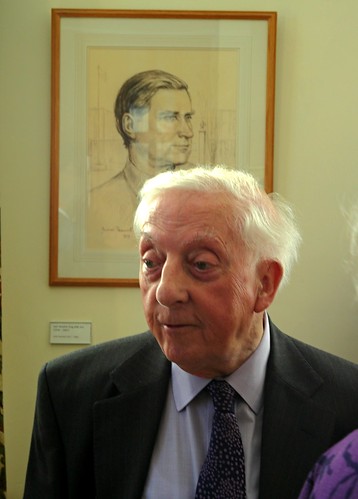Lovely review in the New Yorker of by James Wood of Tom Wolfe’s new book.
Tom Wolfe writes Big and Tall Prose—big subjects, big people, and yards of flapping exaggeration. No one of average size emerges from his shop; in fact, no real human variety can be found in his fiction, because everyone has the same enormous excitability. So his new novel, “Back to Blood” (Little, Brown), is supposedly about Miami. But it is about Miami not as, say, “Dead Souls” is about Russia or “Seize the Day” is about New York but more as heavy metal is about noise: not a description of the property but a condition of its excess. If it is about Miami, then “The Bonfire of the Vanities” and “A Man in Full” were also about Miami, not about New York and Atlanta, respectively. The content and the style haven’t changed much since “The Bonfire of the Vanities” was published, in 1987: select your city; presume it to be a site of simmering racial and ethnic civil war, always a headline away from a riot; throw a sensational news story into the fire; and watch the various interest groups immolate themselves.
Woods really nails the excesses of Wolfe’s style. For example:
The real writer, it is understood, must leave the enervating study and the filtered formalisms of postmodern prose, go out and hit the sidewalks (where the exclamation marks cluster in giant, swaying crowds!), and register the teeming ideological and racial realities.
Worth reading in full.



